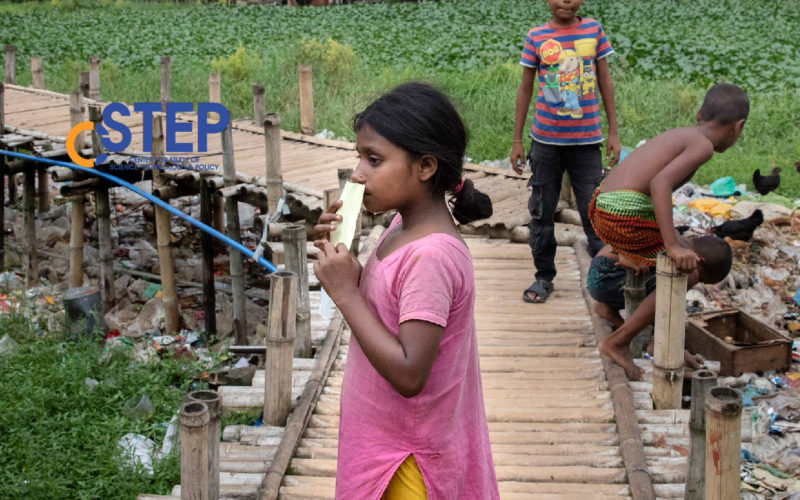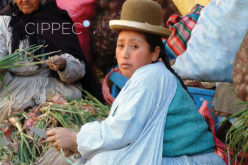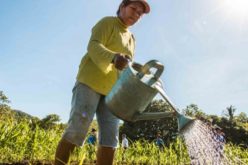This research paper, commissioned as part of the series ‘Starting Strong: the first 1000 days of the SDGs’, identifies key actions toward addressing the unfinished business of the MDGs and how to reach those who are furthest behind in relation to the new SDGs
 The 17 Sustainable Development Goals (SDGs), proposed by the United Nations after a series of consultations with stakeholders across the globe, have set new targets for countries to achieve by 2030. The first three years, or the first 1,000 days of SDG implementation (since January 2016 when they came into effect), are critical to lay strong foundations on which countries will further progress towards the 17 SDGs and their respective targets. This study focuses on the gender equality agenda of SDG 5, which will strengthen the ‘social’ pillar of the SDGs. Selected targets of SDG 5 have been studied at the intersection of two other goals, SDGs 6 and 11. These goals aim, respectively, to enhance access to water and sanitation and build inclusive cities both being important aspects of urban planning and critical enablers for achieving gender equality in urban areas. The scope of this study is limited to urban settlements in South Asia, specifically in four countries: India, Bangladesh, Nepal, and Sri Lanka.
The 17 Sustainable Development Goals (SDGs), proposed by the United Nations after a series of consultations with stakeholders across the globe, have set new targets for countries to achieve by 2030. The first three years, or the first 1,000 days of SDG implementation (since January 2016 when they came into effect), are critical to lay strong foundations on which countries will further progress towards the 17 SDGs and their respective targets. This study focuses on the gender equality agenda of SDG 5, which will strengthen the ‘social’ pillar of the SDGs. Selected targets of SDG 5 have been studied at the intersection of two other goals, SDGs 6 and 11. These goals aim, respectively, to enhance access to water and sanitation and build inclusive cities both being important aspects of urban planning and critical enablers for achieving gender equality in urban areas. The scope of this study is limited to urban settlements in South Asia, specifically in four countries: India, Bangladesh, Nepal, and Sri Lanka.
Considerable challenges exist if these four countries are to achieve gender equality in all spheres, despite commendable progress in the Millennium Development Goals (MDGs). The findings of this study reveal that gender is generally not considered an important factor in planning for urban spaces and infrastructure provision. The existing urban planning policies, legislation, plans, and practices on the ground show that gender and urban planning exist as independent practice domains. There are successful examples of gender mainstreaming, but they are mostly sporadic, and yet to be scaled up through mainstream urban planning protocols.
The priority actions suggested in this paper for the first 1,000 days of SDG 5 implementation are multi-pronged and multi-level in nature. Policies, legal and regulatory instruments, plans, programmes, and financial instruments can be the levers of initiating change on the ground if aligned suitably to respond to different gender needs. On the other hand, organisational capacity in terms of skills, awareness, human resources and technology is a critical enabler for initiating, implementing and sustaining interventions. The priority actions are proposed to make urban planning systems gender-responsive under the larger umbrella of ‘inclusive cities’ and to address the agenda of ‘leave no one behind’ (LNOB). The paper intends to contribute to the wider discourse on women’s right to the city’s economic opportunities and social and cultural resources, as well as the right to representation, and how these can form the basis for attaining the targets under SDGs 5, 6, and 11. This paper also highlights the need for a coordinated approach to SDG implementation by demonstrating the case of gender equality and urban planning.
Download
1,185 total views, 1 views today







